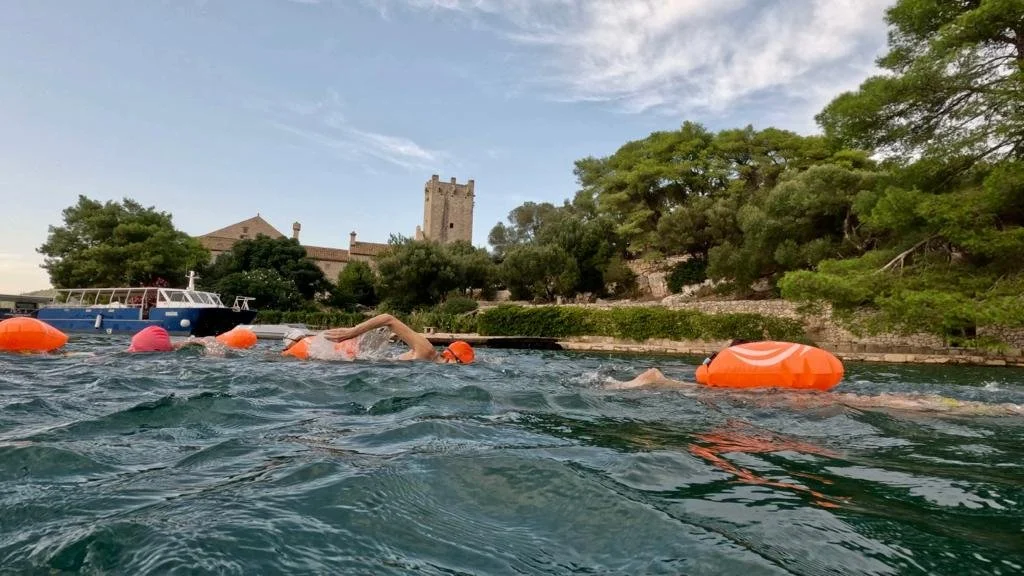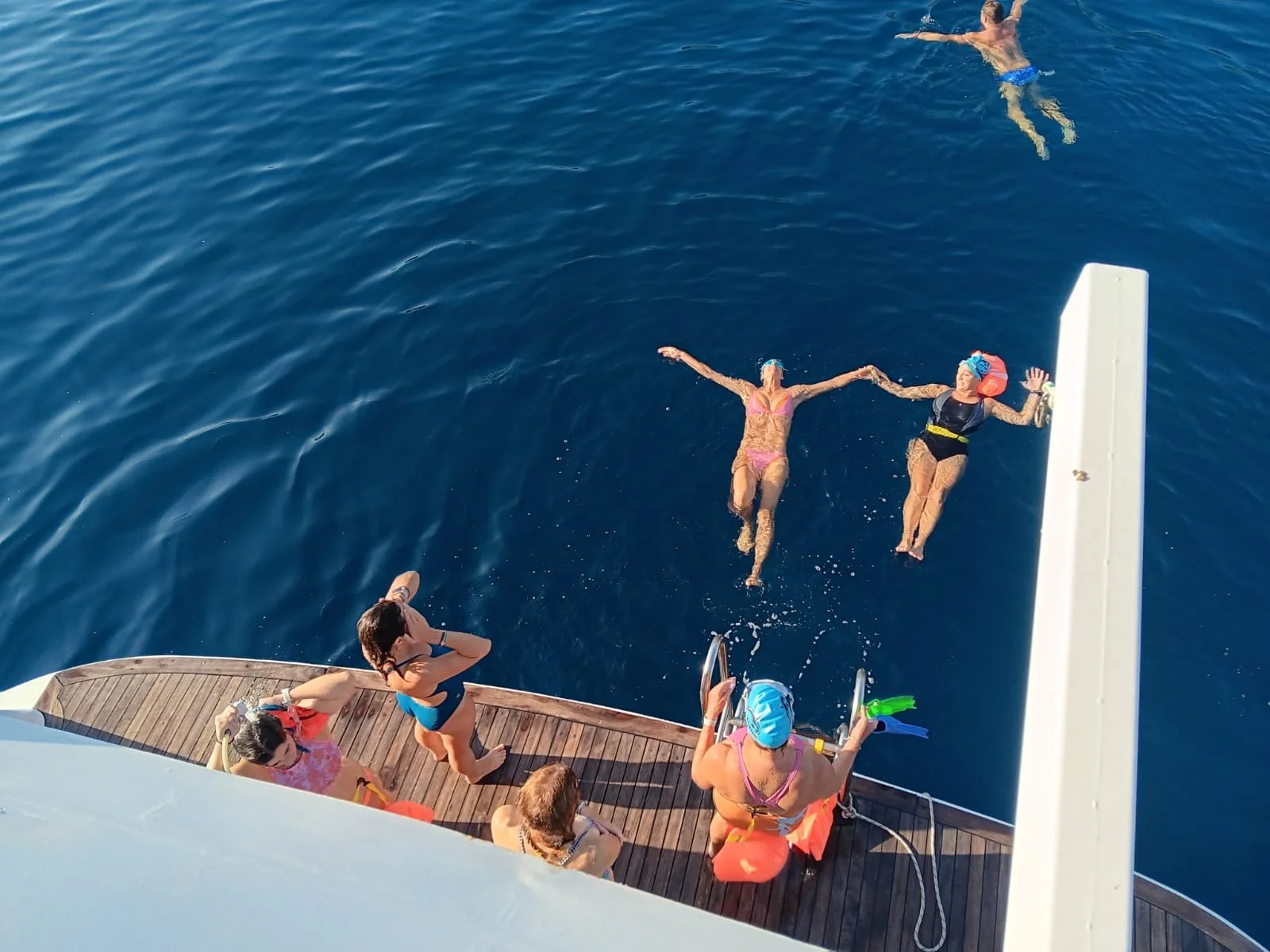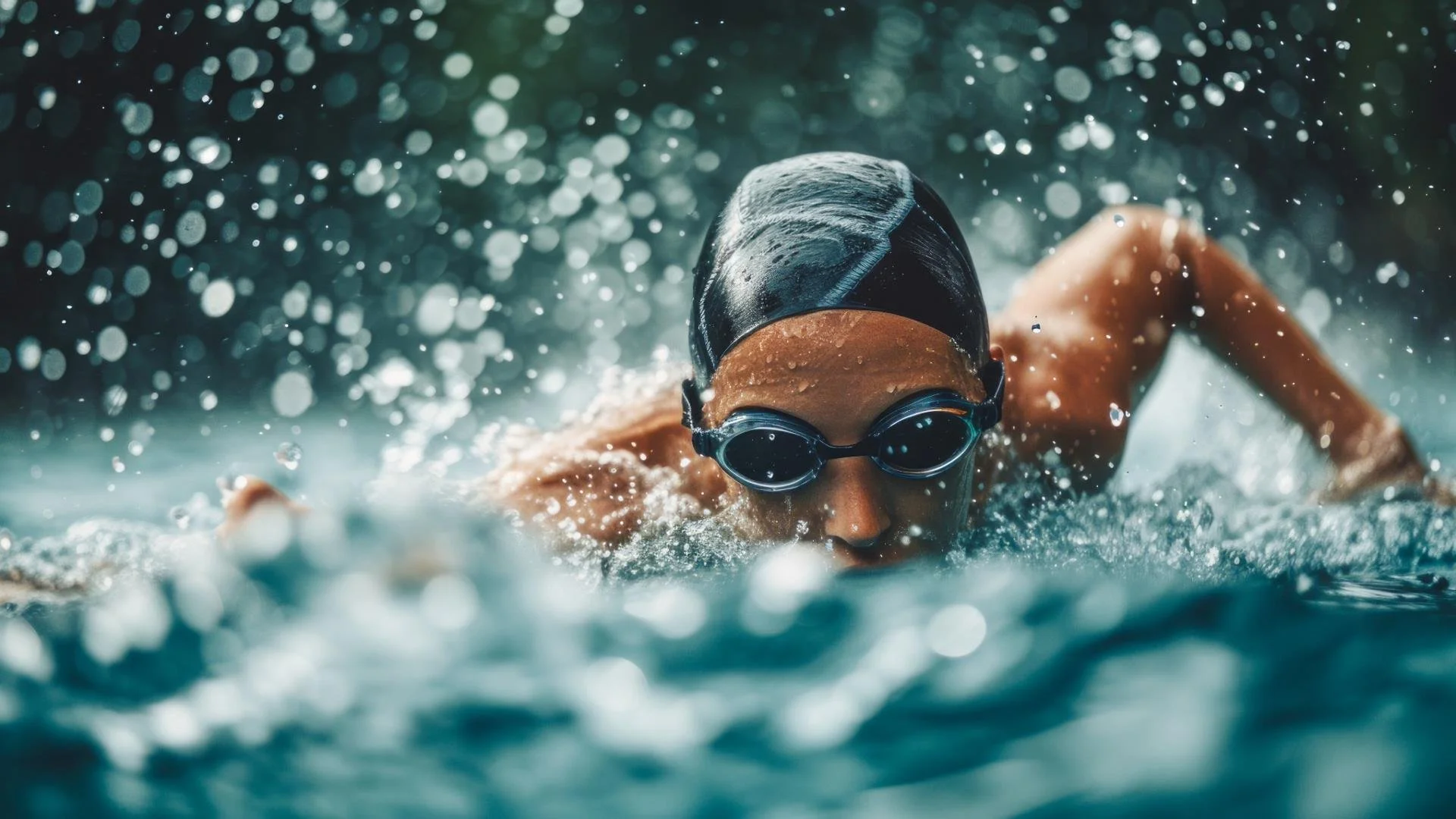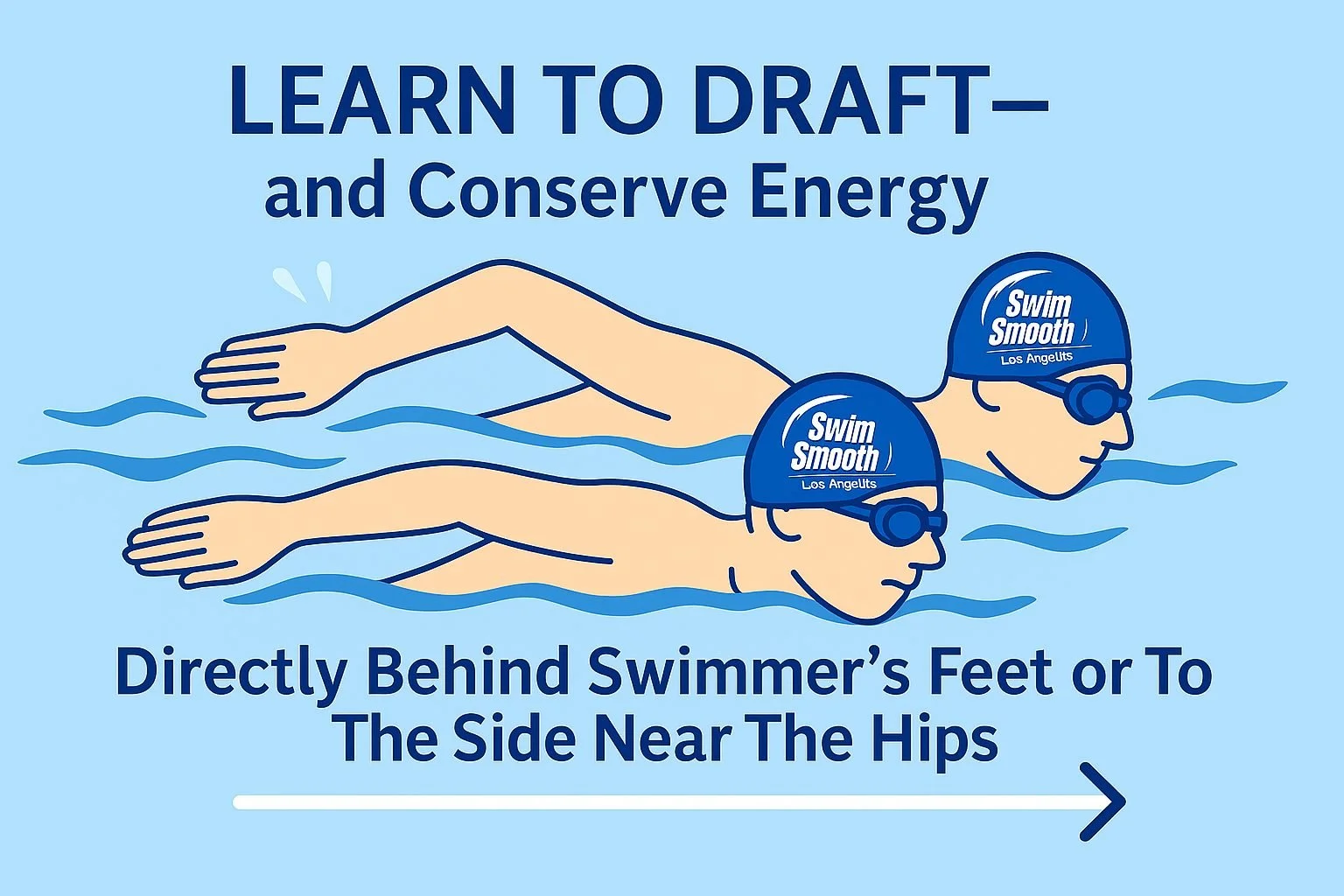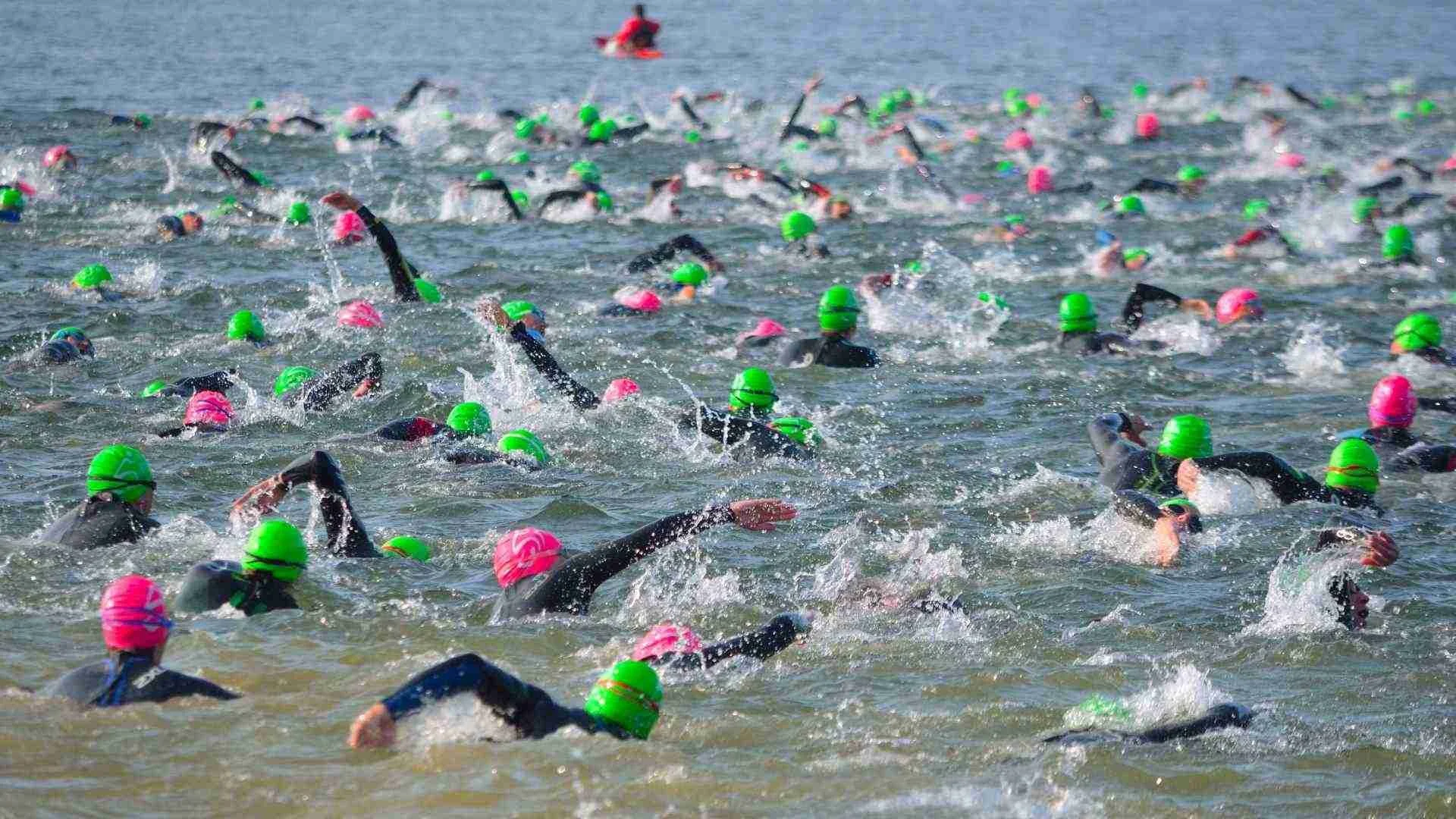Getting Ready to Head Outdoors: Open Water Swimming Training from Pool to Ocean
Article inspired by and created in collaboration with Paul Newsome of Swim Smooth
As the weather warms up here in Southern California, many of our athletes at Swim Smooth LA are beginning to eye the ocean with anticipation. Whether you're preparing for your first race of the season or braving the waters ‘sans’ wetsuit for that first Spring swim, now’s the perfect time to shift your focus toward open water swimming training.
Earlier this week, I had the opportunity to collaborate with Swim Smooth founder Paul Newsome, who recently joined the team at IM Talk to discuss the transition from pool training to open water performance. His insights served as the foundation for this guide—adapted and expanded for our Los Angeles community.
Open Water Swimming Training: The Pool Is Just the Beginning
It’s a common misconception that pool training alone is enough to prepare you for open water racing. But the truth is, once you leave the black line behind, everything changes—sighting, navigation, pack dynamics, and environmental conditions all add layers of complexity.
That’s why incorporating open water swimming techniques into your pool sessions now can give you a massive head start. This isn’t just for those who race too. There’s some super helpful tips & tricks to be picked up here that will be a big confidence booster to those venturing out to the ocean for the first time with friends - or for those of you going on Epic Swim Adventures, like my cruise round the islands of Croatia in September on our stunning catamaran.
Sight Smarter, Swim Straighter
One of the first things we see athletes struggle with outdoors is swimming in a straight line. Without lane ropes and wall cues, it's easy to veer off course—and even a 10% deviation in your line can add significant distance (and precious time) to your swim.
To reduce that drift, practice sighting just before your breath instead of during it. This keeps your stroke rhythm intact and prevents your legs from dropping.
Drills like side-kicking with an extended lead arm help reinforce proper alignment and reduce crossover. The more "gun-barrel straight" your body line is, the less you’ll need to sight—and the more efficient your swim becomes.
Why Bilateral Breathing Still Matters
We hear it all the time: “Do I really need to breathe to both sides?”
In short: yes, especially if you're racing in the ocean. Bilateral breathing keeps your stroke balanced and gives you the flexibility to adjust to waves, sun glare, and your competitors. Even if you end up favoring one side on race day, the versatility you gain in training pays dividends.
If you're not fully convinced, Paul covered this in-depth in his 2014 piece, The Great Bilateral Breathing Controversy. It’s worth a read.
Learn to Draft—and Conserve Energy
Drafting is often underestimated but can be a major advantage in open water. Swimming directly behind or alongside another athlete can reduce your energy expenditure by up to 38%.
There are two main positions to practice:
Directly behind a swimmer’s feet (highly effective and easy to maintain)
Off to the side near the hips or waist (offers even better energy savings, but takes more skill)
To build confidence and consistency in these positions, simulate it during your pool sessions. Swim in groups of three, rotating lead and drafting positions. Learn how to regain contact if you fall off pace—that’s what makes the difference when racing gets real.
Embrace the Chaos
The physicality of open water racing can come as a shock. Close contact, jostling, and unpredictable movement aren’t just part of the sport—they define it.
The good news? You can train for that, too.
By including close-quarters swimming drills in your regular sessions, you reduce the fear factor. What starts out uncomfortable becomes familiar—and even fun—with a little practice.
Build a Weekly Open Water Skills Habit
Don’t wait for your first race or outdoor swim to start thinking about open water swimming. Make these skills part of your training year-round, like we do in our weekly group sessions. Once a week is enough to keep things sharp and build confidence over time.
We’ve seen firsthand how dedicated open water simulation sessions help our athletes feel more in control and composed when they hit the surf. Whether it’s drafting drills, deep water starts, or mid-lap sighting, the payoff is huge.
Looking for ideas? Paul compiled 9 great open water skills sets you can start using this weekend.
Start Now, Race Stronger Later
If you’ve been waiting for summer to begin your open water training, this is your reminder: don’t.
Get a head start while conditions are still manageable, and you’ll enter race season sharper, calmer, and more competitive than ever.
Let’s make this season your strongest yet!
—
Coach Lorna
Swim Smooth Los Angeles by Fluid Movement
Inspired by and in collaboration with Paul Newsome’s original article

